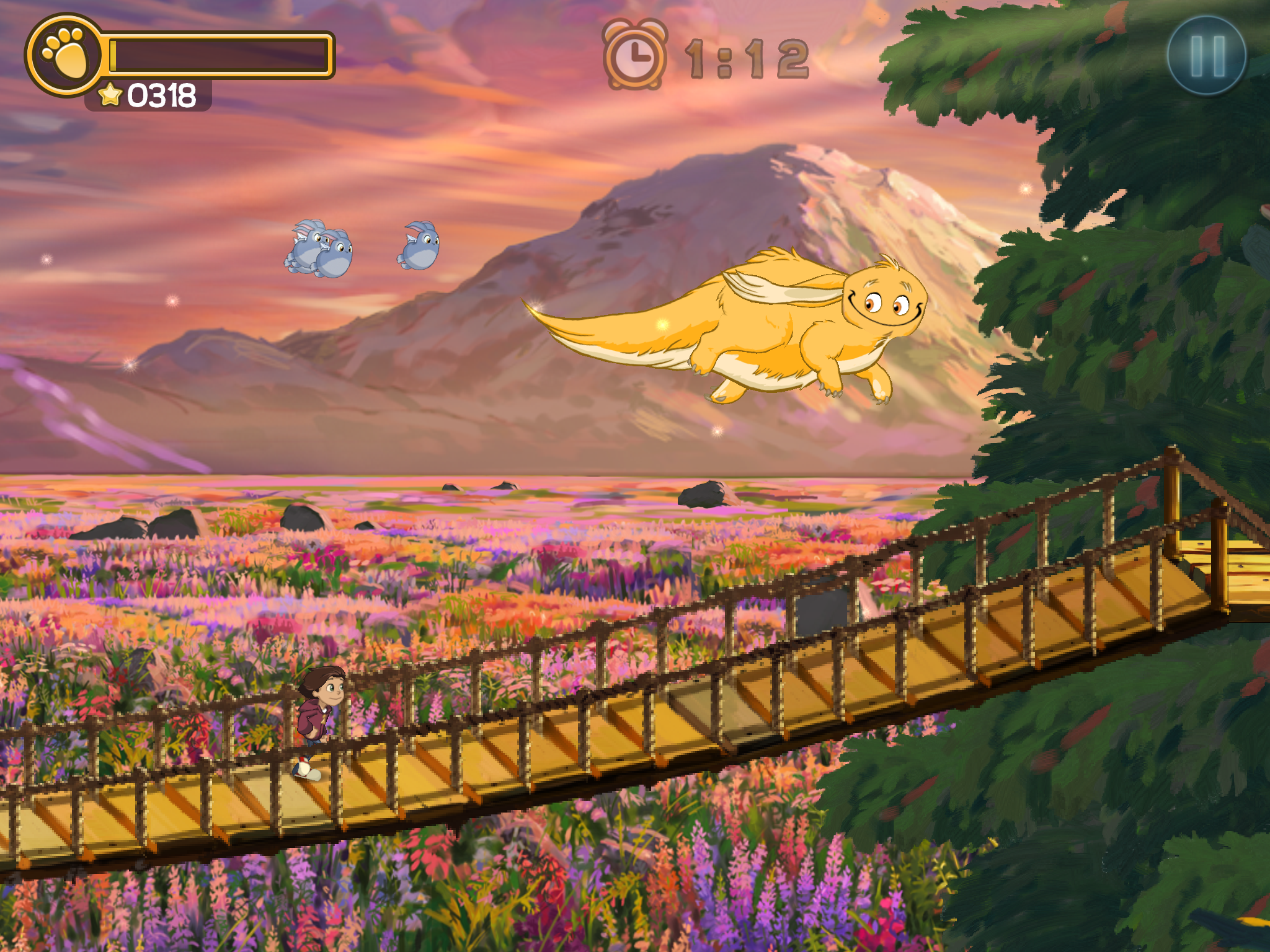Wow, what a difference a year makes. Last year, there were some pundits who were convinced, absolutely convinced, that the traditional video game console was doomed. Doomed, I tell you! I took the time to write about why I thought that such talk was a bunch of malarkey.
Turns out, I was right.
What has happened in the past year? Well, the Sony PlayStation 4 and the Microsoft Xbox One were released to the public, that's what happened. Guess what? Both of those consoles were record-smashing successes. Sony sold 4.2 million units. Microsoft sold 3 million units. Folks, even poor ol' Nintendo managed to have success with software sales for its 3DS handheld console (though the less said about the much-maligned Wii U, the better).
This was my statement on the reality of the console market in a post-PC, mobile device-driven market:
What then, of the rise of mobile gaming? To those who say the console is in trouble, the success of devices like the iPhone and iPad as well as the success of titles such as Angry Birds point to a future where consoles aren't relevant. This is a narrow view of the world that doesn't take into account what is happening in the industry. Mobile gaming isn't taking gamers away from traditional consoles...it is expanding the term 'gamer' beyond its traditional form. Just as the Nintendo Wii helped to bring games into the mainstream by making games more accessible to non-traditional gamers (e.g. the elderly), mobile games have further expanded the gaming market. And that's what it is, an expansion of the overall gaming market, not a reduction of the market for consoles.
Microsoft, Nintendo, and Sony combined for sales of roughly 260+ million units over an eight year cycle for the previous console generation. Yes, mobile device sales easily eclipse that figure in a shorter span of time. However, as I mentioned earlier those devices are causing the overall gaming market to grow, which is to say that they aren't necessarily causing the traditional console market to shrink.
Console gaming isn't dead, folks.








